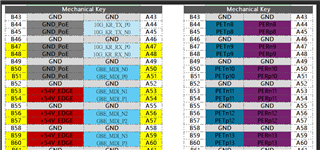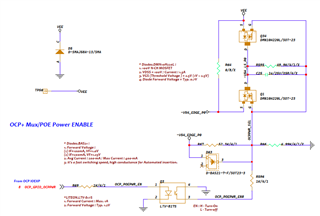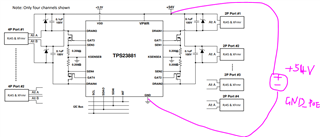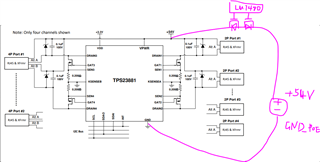Other Parts Discussed in Thread: TS3A5018, TPS23881, , CSD18536KCS, LM7480
Tool/software:
Hi Sirs,
Current, I have an one power enable control design to asking as list, after will choice TI PMOS & NMOS combine solution ; but, not sure this idea is good or not?!
The project source will offer "-54V(negative)" power rail and possible setup off status for switch status(mean cut-off), then have external signal to control enable turn-on/off,
Here is the my design example :
[Noted : +54V_EDGE is equal to -54V(negative) power rail]
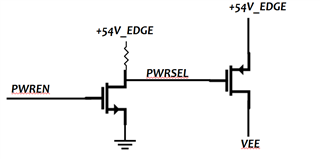
BRs
By Neil Chen


